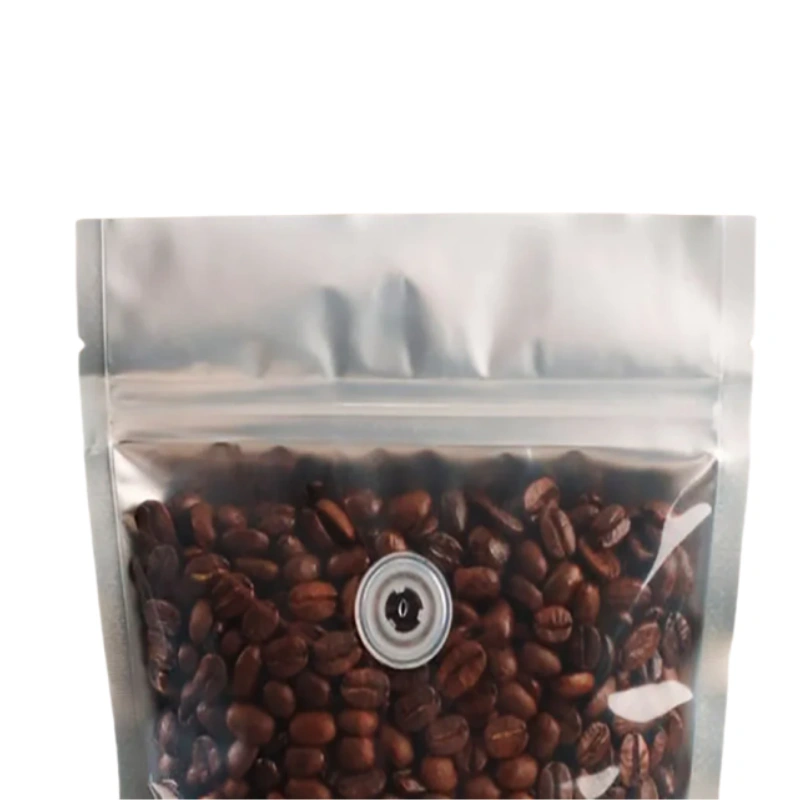Vacuum sealing is often associated with food preservation, but when it comes to coffee, especially high-quality beans, it plays an essential role in retaining aroma, flavor, and freshness.
Coffee is sensitive to air, moisture, and light—all of which accelerate the degradation of quality. Vacuum sealing removes air from the packaging, thus slowing the oxidation process that can dull the complexity of coffee flavors. This method has become increasingly popular among home brewers, specialty coffee shops, and commercial roasters who want to maintain peak freshness over longer periods.
While resealable bags and airtight containers are common, vacuum-sealed packaging provides superior protection, especially for storing bulk coffee or shipping to customers far away.
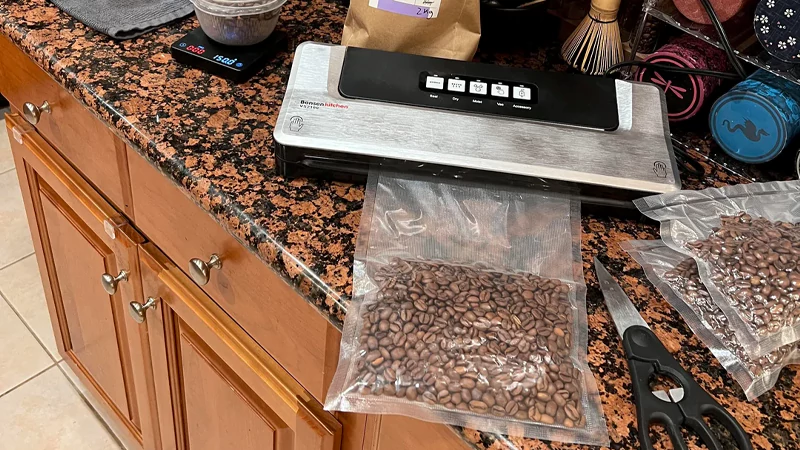
How to Vacuum Seal Coffee Beans
Vacuum sealing coffee beans begins with choosing the appropriate equipment and understanding the behavior of freshly roasted beans. After roasting, coffee undergoes a natural degassing process where carbon dioxide escapes from the bean structure. Sealing too soon after roasting may cause the bag to expand or even rupture due to trapped gases. Ideally, you should wait 24 to 48 hours after roasting before sealing, allowing most gases to escape while preserving peak freshness.
Once degassed, the coffee beans should be cooled to room temperature before sealing. They should be poured into a vacuum-seal compatible bag made of multilayer barrier film—such as those manufactured by BN PACK. The bag should be clean, dry, and free from any residue that could compromise the seal. Place the appropriate amount of beans into the bag, ensuring you leave sufficient space at the top for the sealing process.
With the beans placed inside, the next step is to use a vacuum sealing machine. These devices extract air from the bag and seal it tightly, forming an airtight enclosure. Industrial roasters may use large chamber vacuum sealers, while smaller roasters or individuals might use external suction vacuum sealers. Once sealed, label the package with the roast date and storage instructions to track freshness over time.
After sealing, the vacuum-packed coffee should be stored in a cool, dark location away from heat and humidity. While the seal slows down oxidation, it does not eliminate the need for proper storage. Refrigeration is generally discouraged unless the package is intended for long-term freezing, in which case careful thawing will prevent condensation that could damage the beans. Consistent storage conditions ensure that the vacuum seal provides maximum benefit.
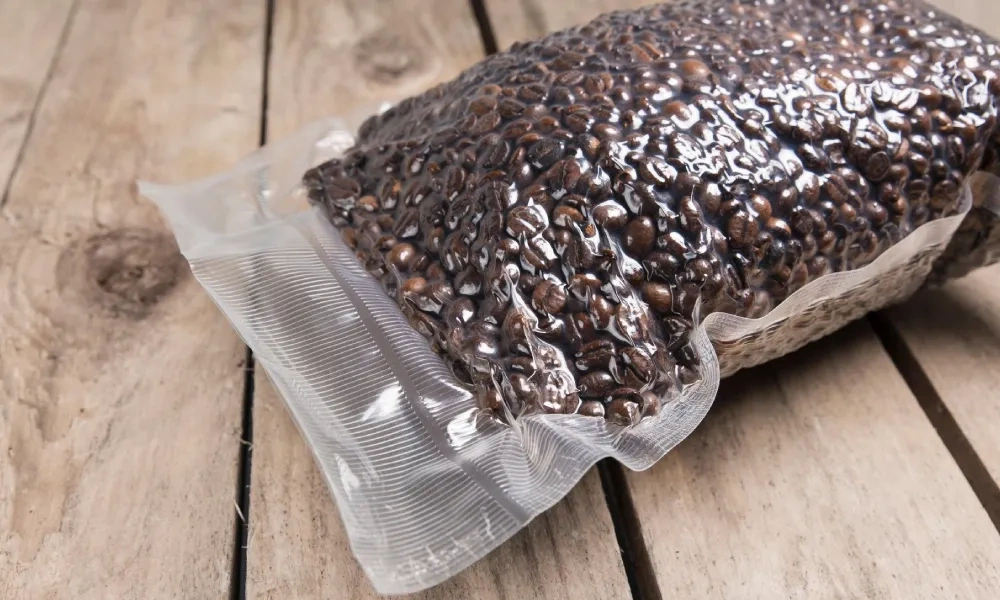
How Long Do Vacuum Sealed Coffee Beans Last
Vacuum sealing extends the shelf life of coffee beans by significantly slowing the exposure to oxygen, which is the main cause of flavor deterioration. Whole coffee beans, when vacuum-sealed and stored at room temperature, can retain optimal flavor for up to 6 to 12 months. If frozen under proper conditions, this period can extend to 18 months or more. However, these numbers can vary depending on the roast level and initial bean quality.
Dark roasted beans tend to go stale faster than lighter roasts because the surface of the beans is more porous and often oilier. This makes them more reactive to oxygen. Vacuum sealing helps delay this degradation by limiting air exposure. Light roasts, which are denser and contain less surface oil, benefit greatly from vacuum sealing and can remain fresh for a longer period. Regardless of the roast, whole beans always last longer than pre-ground coffee due to their lower surface area.
For ground coffee, the shelf life is notably shorter even when vacuum sealed. The increased surface area accelerates oxidation, meaning flavor compounds dissipate more rapidly. Vacuum sealing can preserve ground coffee for up to 3 to 6 months at room temperature, though many connoisseurs recommend using ground coffee within a few weeks for the best taste experience. If storing ground coffee, it’s often better to freeze the vacuum-sealed bags in single-use portions.
Storage temperature also plays a crucial role. Keeping vacuum-sealed coffee at a consistent temperature between 15°C and 25°C (59°F to 77°F) offers the best results. Extreme heat, direct sunlight, or fluctuating humidity can undermine the benefits of vacuum sealing. When beans are stored correctly in high-barrier vacuum pouches like those offered by BN PACK, their shelf life and flavor stability improve significantly.
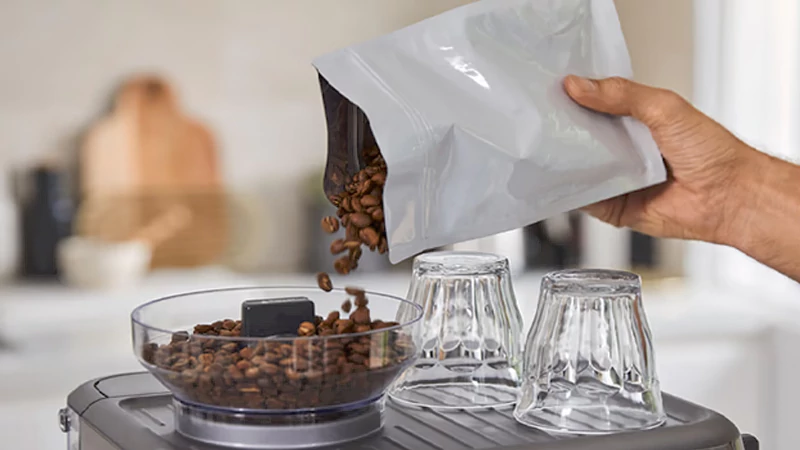
Do Vacuum Sealed Coffee Beans Go Bad
Although vacuum sealing significantly delays spoilage, it does not entirely stop the natural aging process of coffee beans. Over time, the volatile aromatic compounds within coffee gradually degrade, even in an oxygen-free environment. This means that while the beans won’t become unsafe to consume, their flavor profile will eventually flatten and lose its complexity, resulting in a bland or stale-tasting cup.
Stale coffee may still look normal to the eye. However, a telltale sign of aged beans is a lack of aroma when the bag is opened. Freshly vacuum-sealed beans release a fragrant burst of scent, but stale beans may smell dusty, musty, or even sour. The cup brewed from such beans will likely be dull, lacking the nuanced notes of origin, roast, and brewing method. Even under vacuum, time inevitably reduces the richness of the original roast.
In rare cases, especially if the sealing process was poorly executed, coffee beans may absorb moisture or become exposed to small amounts of air. This can promote mold growth or cause beans to become rancid, particularly if they contain high oil content. Using high-quality vacuum bags with strong barrier properties and reliable sealing machines greatly reduces this risk. Reputable manufacturers like BN PACK offer materials that enhance product safety and stability.
In summary, vacuum sealing dramatically extends the freshness window of coffee beans, but it is not a permanent solution. Coffee should ideally be consumed within its prime flavor period—usually within six months for whole beans and two months for ground beans.
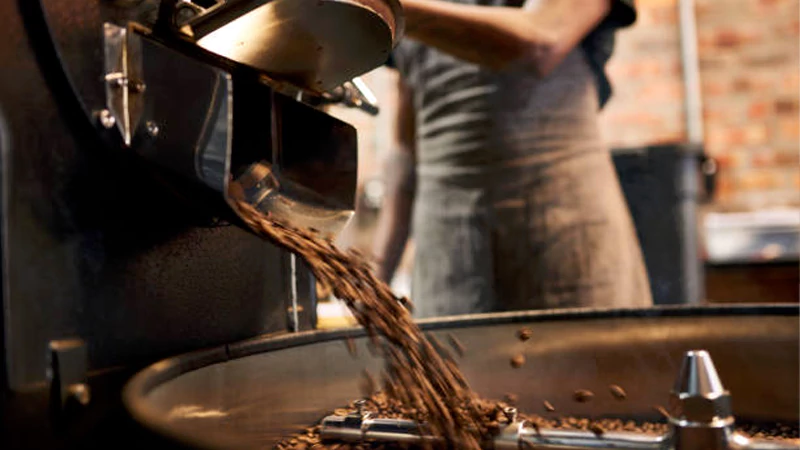
Should Roasters Invest in Vacuum Sealers?
For coffee roasters aiming to deliver a consistent and high-quality product, investing in vacuum sealing technology can offer a competitive advantage. The freshness of coffee is one of the most important attributes consumers consider. By sealing coffee beans immediately after degassing, roasters can lock in aroma and flavor, even when the beans are shipped across countries or stored for months before consumption.
In a crowded specialty coffee market, offering vacuum-sealed packaging helps distinguish a brand. When customers open a bag weeks after purchasing and still enjoy a fresh, flavorful brew, it reinforces trust and brand loyalty. This is particularly important for online retailers or export-focused roasters, where the time between roasting and brewing may be long. Vacuum sealing bridges that gap, ensuring the final cup remains true to the roaster’s intent.
The initial investment in commercial-grade vacuum sealers may seem high, but the long-term benefits often justify the cost. These machines improve inventory management by reducing waste and allowing larger batch production without sacrificing quality. Additionally, modern machines are compatible with eco-friendly and compostable vacuum pouches—like those developed by BN PACK—aligning with growing consumer demand for sustainable packaging solutions.
Roasters should also consider the marketing value of vacuum-sealed packaging. Transparent communication about the sealing process and freshness benefits can be featured on labels or websites. This not only informs customers but positions the brand as one committed to quality. In short, vacuum sealing is more than a storage technique—it is a brand investment that enhances product integrity and customer satisfaction.
Conclusion
Vacuum sealing coffee beans is a powerful method to preserve freshness, reduce waste, and deliver a consistent product to customers. By minimizing exposure to oxygen and moisture, this method significantly extends the lifespan of coffee while maintaining its intended flavor and aroma. Whether for personal use or commercial roasting, the benefits of vacuum sealing are clear and measurable.
Understanding the correct procedure—such as timing the seal after degassing, selecting quality barrier materials, and storing under stable conditions—is essential to maximizing results. While vacuum sealing does not make coffee immortal, it provides a superior alternative to traditional storage methods and protects the sensory experience for a longer time.
For roasters, vacuum sealing is not only a technical upgrade but a strategic business move. It allows for scalable production, broader distribution, and stronger customer trust. When paired with eco-conscious packaging materials, it also appeals to today’s environmentally aware consumers who value both quality and sustainability.
